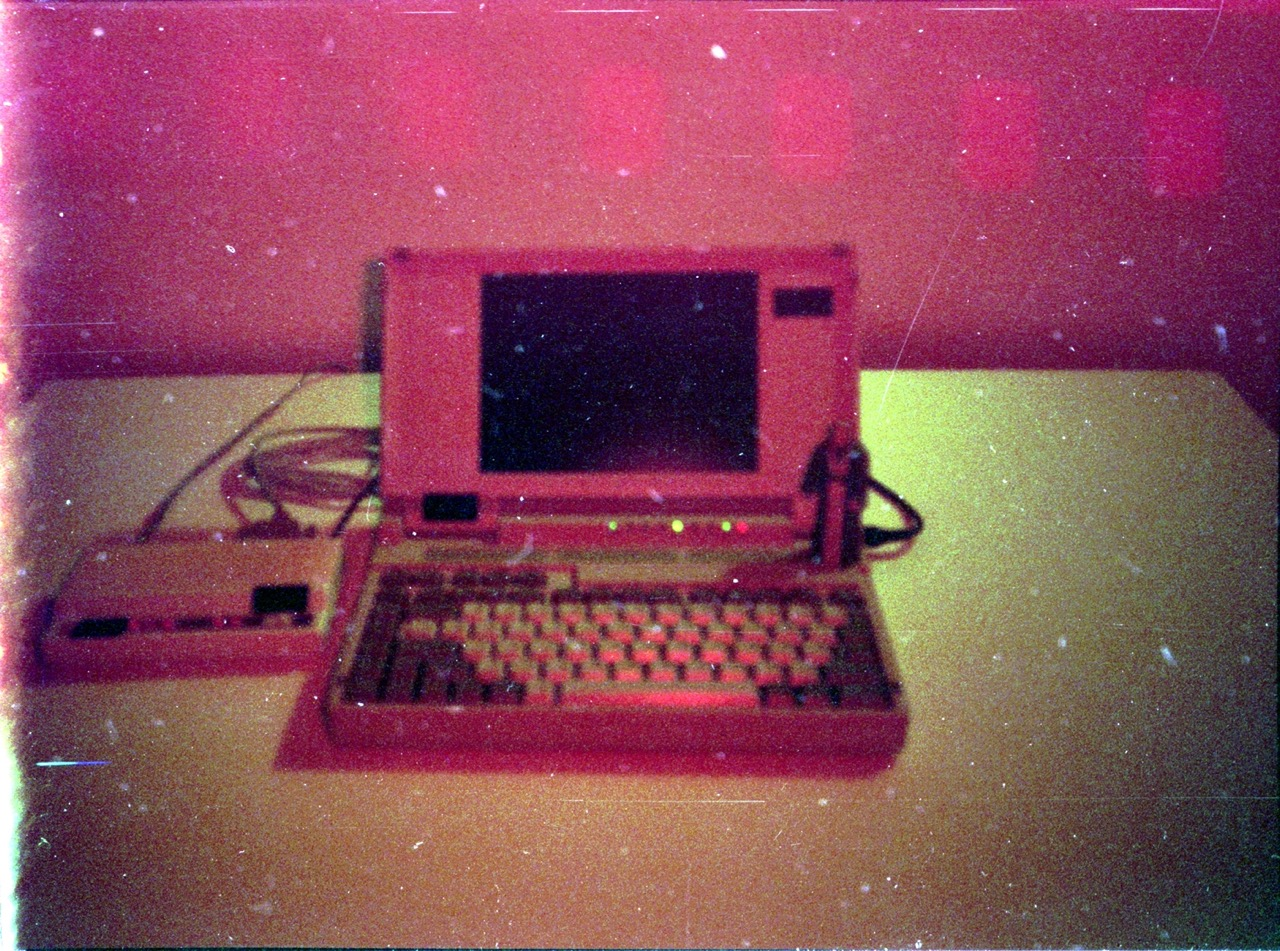

It’s Interesting how Dunlop spent his life wrestling with a suffocating corporate command and control structure to implement a system to facilitate a suffocating corporate command and control structure, while Engelbart was presenting ways of facilitating the expression of ideas with the machine. Dunlop’s work with IBM is probably best left in the garage, along with IBM.


The Amiga was difficult to program and lacked easily accessible documentation. A lot of software was developed to be ported across platforms like the Atari ST and dos, and so the Amiga often didn’t get the dedicated attention it required. At the time, people would compare the Amiga to the mega drive (genesis) and SNES - it was all about the games, while the Amiga could create and not just consume. If commodore had dropped a game from the bundles and stuffed some books and a couple of dev tools then the story might have been a bit different. They bundled deluxe paint and created a long lasting legacy of artists. If they included Amos or Blitz basic they might have played more into the bedroom programmer scene of the 80s, which dipped a bit during the console years and has seen a resurgence over the last decade, which is in no small part due to the proliferation of high quality development tools. If the scorpion engine had existed for the A1200 at the time, commodore might not have needed to worry about the hardware.